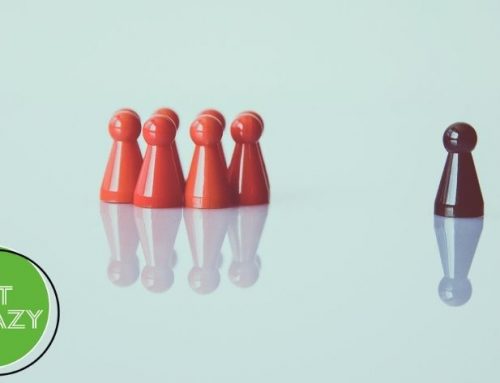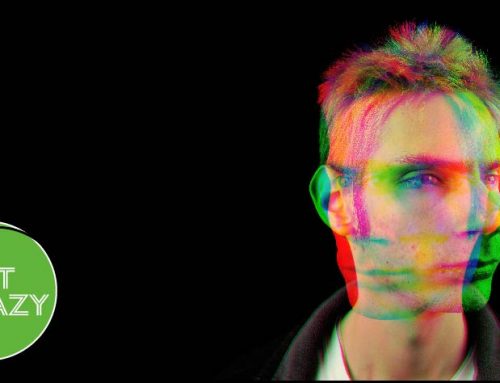We’ve all heard about bipolar disorder mania & depression, but here is what everyday life is like for a person with bipolar.
When writing about bipolar disorder, it is very easy to fall into the habit of discussing the more sensational parts of the illness. Mania, depression, and hypersexuality in bipolar disorder are all topics that I have personally covered many times. One need only do a Google search on the term bipolar disorder and a veritable litany of horrendous symptoms, side effects, and outcomes will fill your screen.
But is that really what the average person living with bipolar disorder goes through on a daily basis? Do the articles I write actually give a person insight into what living with bipolar disorder is like once someone has reached recovery?
Bipolar disorder before and after treatment
There is a difference between bipolar disorder before and after treatment. Once, while giving a speech about living with bipolar disorder, someone raised their hand and asked, “How can you tolerate the mood swings? Don’t they prevent you from getting things accomplished?” It was a fair question, especially since I had just spent the previous five minutes describing the whiplash effect of depression and mania.
I wasn’t exaggerating, either; the bipolar spectrum is a long one, allowing a person to feel like an invincible god one moment and a worthless piece of garbage the next. But, in my haste to tell a good story, I left out a very important detail: I was describing my life before diagnosis, treatment, and recovery.
Now that I am in recovery, my life with bipolar disorder is – I’m doing my best to make this as exciting as possible – mundane.
Life in recovery with bipolar disorder
The simple fact is that life in recovery with bipolar disorder is boring because much of life, in general, is mundane. I cook dinner and then I clean up after dinner. I go to work and I come home from work. There just isn’t a way to jazz that up. There are tasks that need to be done to move life forward.
Because I excel at all the mundane parts of life, I am able to do some very “not mundane” things. I have a house, take yearly vacations, and I just recently mounted a giant television on my wall. I go to concerts, sporting events, and my wife and I eat out way too often. I prefer not to call this “life in recovery with bipolar disorder,” but just “life.”
Many readers are going to be surprised I didn’t lead with taking meds twice a day, going to doctors, going to therapy, and so on. My recovery does involve all of those things. I follow my doctors’ orders, keep my appointments, and I am open and honest with my treatment team.
The simple fact is that life in recovery with bipolar disorder is boring because much of life, in general, is mundane.
But, my life doesn’t revolve around my illness – my illness interferes with my life. There are many things I have to deal with as an adult and, while many adults aren’t dealing with chronic health issues, some of us are. My goal is to work as hard as I can to minimize the effect bipolar disorder has on my life. It took me a long time to reach this point. It didn’t happen overnight.
The goal was always to define my life by something, anything, other than the unfortunate fact I have bipolar disorder. I think I’ve succeeded.
This article originally appeared on BPHope.com as “What Everyday Life Is Like With Bipolar Disorder“








